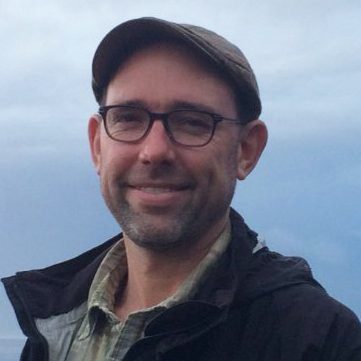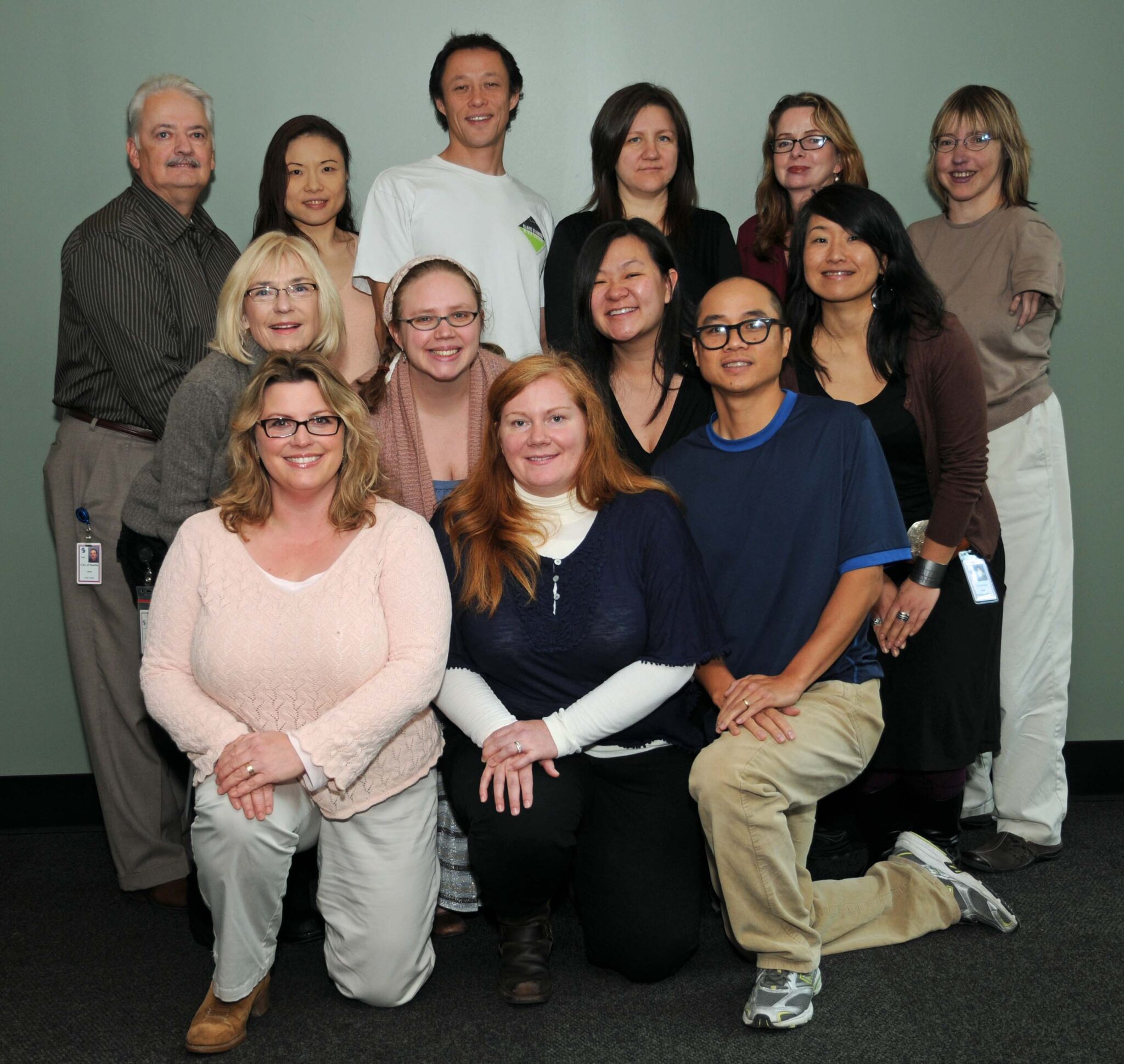
Sean Walsh is the Senior Supervisor on the Aging and Disability Services (ADS) Seattle Housing Authority Team. He has worked at Seattle Human Services for 15 years total—seven years as an ADS case manager, followed by a 10-year interruption working at a nonprofit, and then eight years in his current position at ADS.
What is your role at Seattle Human Services?

I manage a team of social workers, nurses, and administrative staff who provide on-site support for Seattle Housing Authority (SHA) residents and caregivers. Our staff provides assessments, referrals and care coordination with other service providers in the community, with the goal of helping people live safely and independently as long as possible.
We work closely in partnership with SHA and other service providers in responding to emergency situations, as well as planning and implementing new programs to support the residents we serve.
What made you want to work in human services?
My first job out of college was as a home care worker in downtown Seattle. As soon as I started this work, a light turned on inside and I was convinced, and remain so, that caregiving is the most important work in the world. Home care, in particular, has a unique capacity to serve people in ways that few other programs do—directly, with one’s own hands, arms, legs, and backs, and intimately, in the privacy and sanctity of someone else’s home. It requires a lot of integrity, communication skills, patience, and compassion to accomplish.
Ever since I started as a caregiver, my professional career has been seeking out different ways to support this work—as a case manager, a supervisor, a program director at a nonprofit, and at ADS, as a supervisor, colleague and supporter of my staff and my coworkers. I feel that our work continues to have great promise, some of which we have realized, but with much more that we can do to build community, reduce social isolation, create the kind of caring community we all need and deserve.
How has your job changed in recent years?
There is a lot about this work that has not changed much in 30 years—we don’t value the work of caregivers adequately, and as a consequence we don’t have enough caregiving capacity. We have many clients with significant behavioral challenges, and not enough behavioral health resources to support them. We also work in a setting with lots of complex bureaucratic requirements, since much of our work is Medicaid funded and has complicated, and often changing paperwork requirements.
On the other hand, communication and other technology have made it easier to keep in touch with clients and staff–this was especially important during COVID when our staff and caregivers were limited in our ability to directly serve people. We are also starting to use web-based tools and new ways of managing data (thank you ADS Contracts and IT) that may enable us to do a better job with managing the scarce caregiving resources we have. While we don’t talk much about AI right now, I suspect (or at least hope) in a couple of years that some of the more onerous bureaucratic tasks will be automated, so that we can focus more on our in-person connections with clients and other providers.
What do you love about your job?
I love many, many things about my job, in addition to what I noted above. It is a privilege to work with the team of social workers and staff we have on our SHA Team and at ADS, who, every day, are presented with challenges, complications and opportunities to make people’s lives better. See the gallery of team photos, below.
Supporting their work in whatever way I can is the most important thing I do—sometimes by listening and thinking together with them, sometimes by directing us toward resources, sometimes by creating a team environment where we can support each other with our knowledge and compassion. Our kind of service work (at ADS and everywhere at HSD), exacts a true emotional toll, in addition to its rewards–my experience is that the mutual support of a good team can help us bear these challenges better, and I love the opportunity we’ve had to create that kind of team.
How do you contribute to HSD’s overarching goals related to racial equity?
Programmatically, we know that a disproportionate number of BIPOC community members in Seattle reside in our public housing and supported housing communities—and so focus of our efforts within those communities helps us more closely engage with communities that have historically been left out and under-resourced.
In addition, since the primary strategy of our work is to be embedded and visible in our communities, we’re able to build trust and relationships over time, with repeated encounters that can lead to more BIPOC community members accessing support services. In addition, our commitment to a ’care network’ with other providers has helped us cultivate a team of providers that is diverse and able to respond to the diversity of backgrounds we experience in our community.
Personally, I try to support our overarching racial equity goals by fostering a team environment that encourages openness, communication and understanding. I’m proud to work for an organization that puts racial equity at the top of its priorities and asks us to put the practice of equity at the forefront of our work.
What motivates you or keeps you going?
In addition to the inspiration that the work itself provides, I am intensely motivated to preserve the good standing of the name I share with the other Sean Patrick Walsh at HSD—Seán Walsh in our Youth and Family Empowerment division. 😊
What’s one piece of advice for HSD newcomers or recent graduates in your field?
If there’s only one piece of advice: Have faith in the power of perseverance—it takes perseverance to create the kind of togetherness we all need and deserve. And also, don’t be afraid to be a little ambitious about what you are capable of doing—that helps too. 😊
Gallery: ADS SHA Team Through the Years
Click on each photo below to open a larger image.


